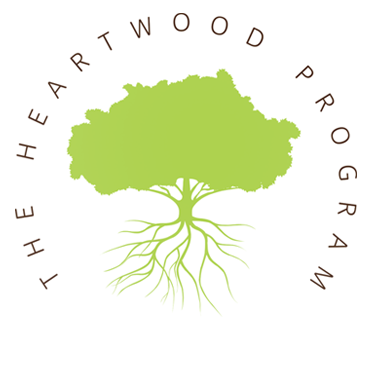If children don’t attend treatment in SPACE, who does?
Parents/caregivers are the focus of SPACE treatment sessions and in most cases, the child or adolescent does not need to attend the treatment sessions. Why, because parents who participate in SPACE will learn skills and tools to help their child overcome anxiety, OCD or related problems by focusing on changes that parents can make to their own behavior.
The two main changes that parents learn to make in SPACE treatment are to 1) respond more supportively to their anxious child and 2) to reduce the accommodations they have been making to the child symptoms.
Therefore, a SPACE-trained provider works specifically with the parent(s) with the goal of reducing parental anxiety. This is unique because most other treatments for pediatric anxiety directly target the child on reducing their anxiety symptoms. The most proven interventions for pediatric anxiety are based in cognitive behavioral therapy or CBT, by increasing awareness of anxiety problem areas challenging unhealthy thoughts, and then gradually expose the child to the feared situation. There is plenty of science and proven research (including randomized controlled trials) to prove that CBT for pediatric anxiety is effective in around. However, this effectiveness doesn’t not apply to all children, all problem areas or to all families with anxious kids.
Family Accommodations
At the core of the SPACE treatment is attention to family accommodation or parent accommodations, also known as “FA.” What does family accommodation mean?
Family accommodation address all the different changes the parents make in response to their child’s anxiety or distress. It is these changes the parent makes to help their child feel less anxious. This can be an active effort, such as answering your child’s repeated and unnecessary anxious questions, modifying schedules and routines, or more passive (doing less of something, like not inviting guests to the house to reduce your child’s social anxiety). Paradoxically, however, FA actually reinforces and increase the anxiety long-term. This does not mean your child’s anxiety is your fault. It actually means that the parent is a major part of the solution! Especially true because research has proven that FA takes place between 95-100% of families with anxious children. There are more than 100 peer-reviewed papers on this topic in the US and other countries.
Pediatric Anxiety deserves effective treatment
Why do we need more treatment options for pediatric anxiety: anxiety is the most common mental health concern for children. Approximately 30% of children will suffer from clinical levels of anxiety sometime throughout their childhood and, depending on the study cited, between 5% and 15% of children suffer from anxiety at any given moment.
Why to be concerned: (provided by NAMI, NIMH, CDC and the ADAA)
- 4 million children and adolescents in this country suffer from a serious psychiatric issues that causes significant functional impairments at home, at school, and with peers
- Anxiety disorders affect one in eight children. Anxiety disorders also often co-occur with other disorders such as depression, eating disorders, and ADHD
- Anxiety disorders are highly treatable, yet only about one-third of those suffering receive treatment
- Untreated children with anxiety disorders are at higher risk to perform poorly in school, miss out on important social experiences, and engage in substance abuse.
- Untreated Anxiety in the 1st grade has been shown to predict anxiety and low academic achievement in reading and math in the 5th grade (Ialongo et al, 1995)
- Anxiety or depression (untreated) in adolescence predicts a 2-3x increase risk of anxiety or depression in adulthood (Pine et al, 1998)
- There are many different types of anxiety disorders, including separation anxiety, generalized anxiety, social anxiety, selective mutism, OCD, phobias, panic disorder, trichotillomania/dermatillomania, health anxiety, PTSD



